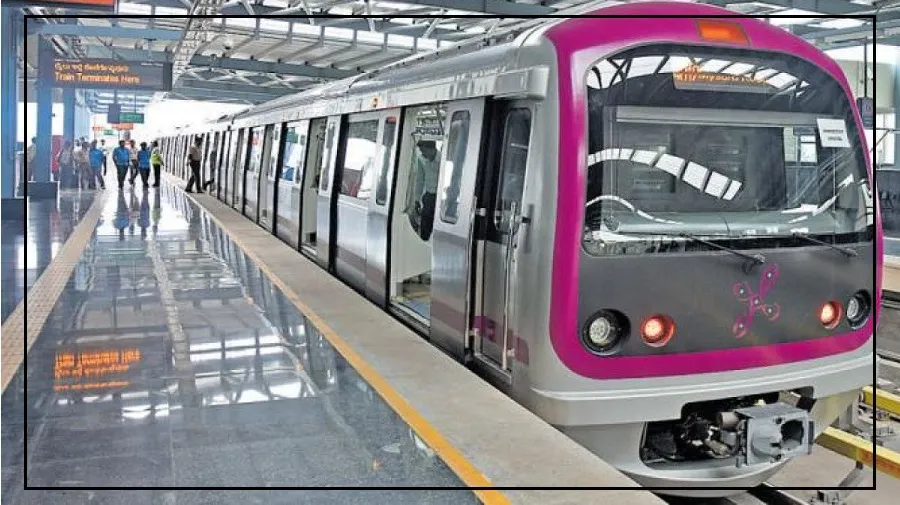A high-speed Rapid Rail Transit System (RRTS) connecting Bengaluru and Mysuru is being planned, aiming to transform one of Karnataka’s busiest travel routes.
after the Namo Bharat RRTS in Delhi-NCR, the project could cut travel time from almost 3 hours to just 70 minutes, according to a report by News18.
Fast and Reliable Travel for Karnataka
The project has been proposed by the Bangalore Commuter Rail Corporation Ltd. (BCRCL) and is being designed by the National Capital Region Transport Corporation (NCRTC).
Trains on this route will run at speeds of up to 200 km/h, offering fast and frequent service for daily commuters, inter-city travelers, and businesses.
Project Development in Progress
A pre-feasibility study has been completed, and work on the Detailed Project Report (DPR) is currently underway.
The project may use a hybrid infrastructure model, which combines elevated tracks and upgrades to existing railway lines.
The estimated cost of the project is between ₹25,000 and ₹30,000 crore, depending on land requirements, alignment, and station infrastructure.
A High-Growth Corridor
The Bengaluru–Mysuru corridor has long been seen as a key development zone. Towns like Ramanagara and Mandya are expected to benefit significantly. The RRTS could bring:
A boost to real estate and commercial growth
Lower traffic congestion and carbon emissions
Improved safety and road decongestion
Stronger links for tier-2 towns in the region
Challenges Ahead
Despite its potential, the project faces several hurdles:
Land acquisition across multiple districts
Coordination among central and state authorities
Ensuring financial viability and enough passenger use
Building dedicated corridors to avoid delays from mixing with slower trains
Experts warn that without grade-separated, exclusive tracks, the benefits of speed and efficiency could be lost.
A Big Step for Karnataka’s Transportation Future
If completed successfully, the RRTS will transform inter-city travel in Karnataka.
It could redefine daily commutes, make weekend trips quicker, and even make living in one city and working in another more practical.
The project offers a major leap toward faster, greener, and more inclusive mobility in the state.
























